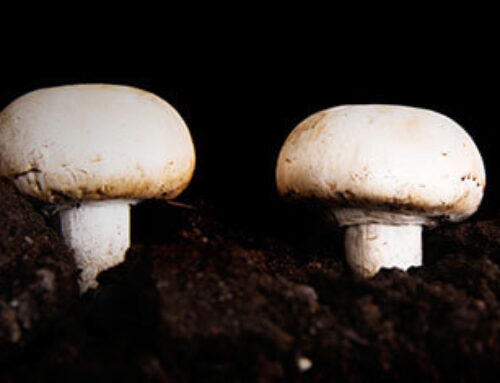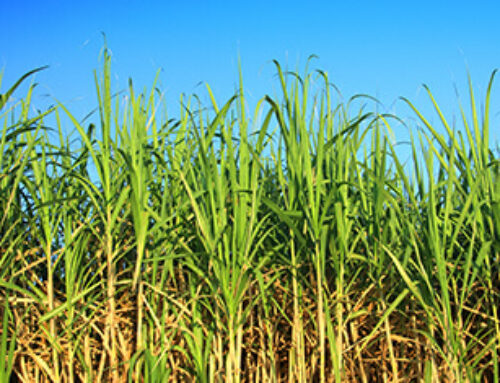
◆ Leaving last year’s crop residue on the soil surface by limiting tillage. For most soils, the higher the level of crop residue left on the surface of a field, the greater the benefits. The economic and environmental benefits of this method are shown by:
Time-saving; fuel-saving; reducing labor requirements; higher soil moisture; reducing soil erosion, increasing organic matter, reducing the release of carbon gases; reducing air pollution.
◆ Processing crop residue and straw into animal feed. Taking wheat straw, for example, wheat straw can be bio-processed into nutritionally rich and digested cattle feed. The feature of nutritional enrichment of crop residues makes it a good raw material for livestock feeding. But they should be pelletized by a feed pellet mill before feeding the animals for optimum utilization and better productivity.
◆ Turning crop residue & straw into quality compost/organic fertilizer. It is the best method to Turn Trash into Treasure and add economic value to crop waste. Crop residues/wastes have great potential for recycling as organic compost. They are a principal source of C, which constitutes about 40% of the total biomass on a dry weight basis.
Nutrient (N,P, K) Concentration in some common crop residues %:
| CROP | N | P | K |
| Corn | 0.983 | 6.100 | 1.504 |
| Rice | 0.704 | 0.091 | 1.477 |
| Soybean | 0.786 | 0.059 | 0.572 |
| Wheat | 0.611 | 0.064 | 1.174 |
| Sorghum | 0.768 | 0.115 | 1.010 |
| Alfalfa | 2.789 | 0.261 | 2.119 |
Except for the sources and N, P, K content of raw materials used, farmers should also understand the composting process well if they decide to use the compost method to environmentally manage the crops’ wastes.
Crop Residues & Straw Composting Method
As the environmental problem becomes more and more serious today, the need for developing carbon neutral and renewable sources of energy is more than ever before. Taking economical and environmental problems into consideration, composting the crop residue is a pretty good solution. Composting reduces the environmental impacts of waste and the produced compost is essential for improving soil fertility and structure. Full fermentation and thorough composting will add economic value. But poor-quality or immature compost may actually tie up nitrogen in the soil and decrease the availability of N to the growing crop.
For small-scale outdoor composting, farmers should mix the waste to ensure that the C:N ratio is close to 25. In our previous article named Compostable Materials around Us, we have introduced carbon-rich materials and nitrogen-rich materials. I am sure you will find the answer there. Then chop the waste into small pieces (2 to 2.5 cm) and adjust the moisture content to about 50 percent. After that, put all the raw materials in pits and let them turn into compost over a period of six months or more. There is no composting machine being utilized in the small-scale composting process.
 |
 |
| Compost preparation with crop residues and straw | Separation of composted materials through sieving |
For commercial composting system, windrow composting is a common composting method that is suited for large volumes such as that generated by entire farms in a state and collected by local governments. The mixture of raw materials is placed in long narrow piles or windrows which are agitated or turned on a regular basis. A professional composting facility, such as COMPOST TURNER, should be used to periodically turn the compost pile to accelerate the whole fermentation process.
We can simply summarize the whole composting procedure as:
Crop residue collection→Shredding of waste materials→Mixing of green waste and brown waste→Compost heap formation→Aerating the compost material→Moisture maintenance→Compost maturity→Compost enrichment
◆ Shredding of Crop Residue and Straw:
The material will compost best if it is between 1/2 to 1 1/2 inches in size. Crop waste is usually crushed by semi-wet materials crushing machine (it is the most widely used crusher in organic fertilizer production line).
◆ Mixing of Carbon-rich and Nitrogen-rich materials:
Green waste, such as seaweed, grass clippings, fresh manure, spoiled hay, or straw is rich in nitrogen, and brown waste like dried leaves, straw, and wood chips is rich in carbon. For the composting process to work most effectively, the material to be composted should have a carbon to nitrogen ratio of 30:1
◆ Piling Crop Residues and Straw into Windrows:
A typical windrow can range in size from 3-12 feet high by 9-20 feet wide at the base. The easiest way to aerate and re-mix the compost windrow is to use a compost turner. Compost turner is used for the treatment of solid organic wastes, and it is a special equipment to achieve aerobic composting. There are many models available for large-scale composting, such as self-propelled compost turner, full hydraulic compost turner, semi-hydraulic compost turner, tow behind compost turner, groove type compost turner, and forklift compost turner. Among them, full hydraulic compost turner is the most popular one in commercial composting sites. It can achieve continuous production, make sufficient supplemental oxygen, achieve even fermentation, and release the water, thus achieving the purpose of harmlessness and resource.
With the help of a compost turner, it only takes 15 days for crop waste to mature and quality compost.



